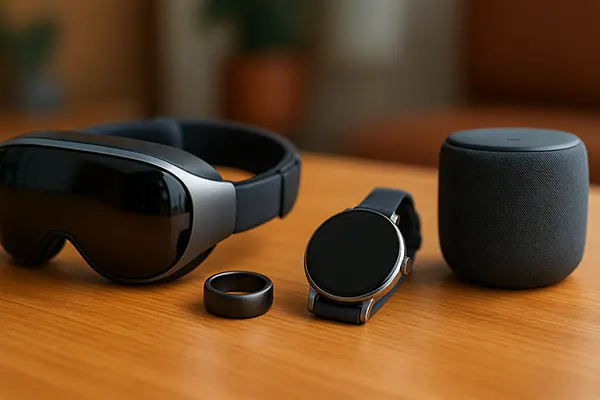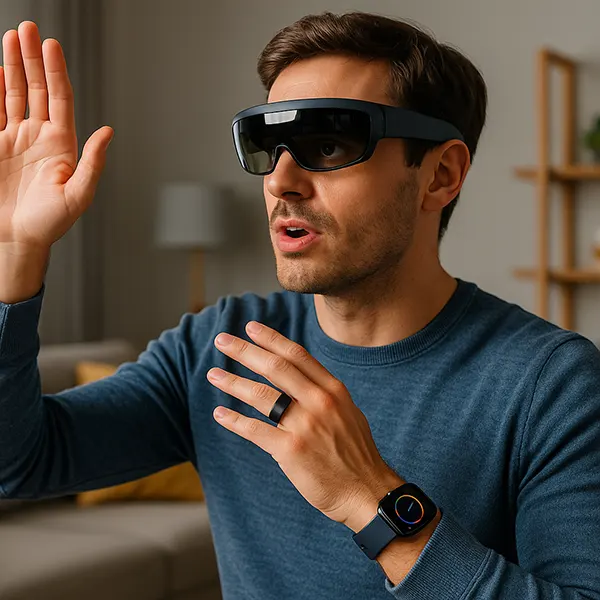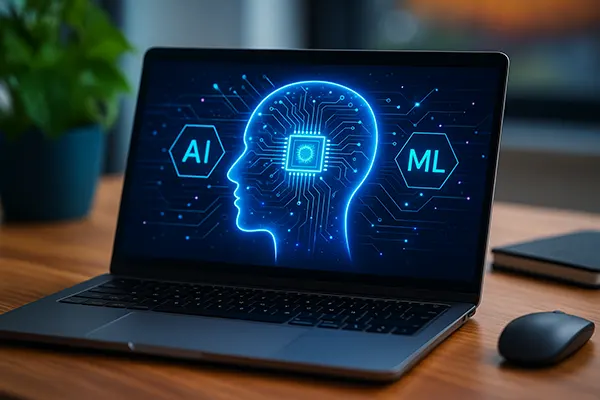
Software for Screenless Interfaces: How Mobile OS Adapt to New Gadgets
In 2025, mobile operating systems are undergoing a significant transformation to meet the demands of emerging screenless technologies. From augmented reality glasses to smart speakers and biometric wearables, users increasingly interact with devices through sound, gestures, and touch-based feedback rather than traditional displays. This evolution requires operating systems like iOS and Android to redesign interaction models and ensure that functionality remains seamless, secure, and inclusive across new device categories.
Voice interaction and predictive intelligence
Voice assistants have become central to screenless interfaces. Modern mobile systems are equipped with highly advanced natural language processing that enables them to understand context, tone, and even user behaviour patterns. This allows individuals to manage everyday tasks such as payments, health tracking, or navigation without the need to open an application manually.
With the expansion of artificial intelligence, assistants such as Siri, Google Assistant, and Alexa now predict user intentions. For instance, they can remind someone to leave earlier for a meeting due to traffic or adjust smart home settings according to past routines. This predictive intelligence transforms voice from a supporting feature into the main channel of interaction.
Integration with third-party services has also deepened. Whether booking travel, accessing medical data, or controlling entertainment, users can now complete complex actions entirely through speech. For mobile operating systems, this represents a shift from app-centred design to experience-centred interaction.
Wearables as catalysts of change
Wearables have accelerated the move towards screenless interfaces. Smartwatches and health-focused devices rely heavily on vibration patterns, audio signals, and simplified voice commands due to their limited display sizes. Mobile operating systems now prioritise smoother synchronisation with these devices, ensuring constant connectivity without requiring screen engagement.
Accessibility is another key factor. For users with vision impairments, wearables supported by adaptive OS features provide inclusive experiences. Gesture commands, tactile feedback, and audio guidance replace complex visual interfaces, making technology more widely available.
To support this shift, developers are focusing on energy-efficient chips, real-time processing, and data privacy within wearables. These measures ensure that the expansion of screenless interaction remains practical and trustworthy in everyday scenarios.
Gestures, sensors, and ambient computing
Beyond voice, gestures and environmental sensors are redefining how people interact with technology. Cameras, motion detectors, and biometric sensors embedded in mobile ecosystems enable users to control devices with simple hand movements or head gestures. This is particularly relevant for augmented reality glasses and car infotainment systems, where hands-free operation is crucial.
Mobile operating systems increasingly include APIs that allow developers to design applications responsive to gestures. For example, swiping in the air can change music tracks, while nodding might confirm an action. These intuitive commands reduce reliance on touchscreens and allow greater flexibility across devices.
The concept of ambient computing ties all these elements together. Devices are designed to fade into the background, becoming responsive only when needed. This creates a seamless interaction where the technology adapts to the user’s environment, rather than forcing the user to adapt to the device.
Augmented reality glasses and mixed-reality devices
Augmented reality glasses are among the most promising screenless gadgets. By projecting information directly into the user’s field of vision, they remove the need for traditional displays while keeping hands free. Mobile operating systems must provide strong support for such devices, including gesture recognition, voice control, and real-time data synchronisation.
Mixed-reality devices also introduce challenges in terms of processing power and network speed. To deliver smooth experiences, operating systems integrate edge computing, enabling faster responses and reduced latency. This ensures that digital elements blend naturally with the physical world.
For developers, the task is to design intuitive applications that balance functionality with comfort. AR and MR devices can revolutionise education, healthcare, and navigation, but only if operating systems continue to refine their ability to manage complex interactions without overwhelming the user.

Security, privacy, and future challenges
The adoption of screenless interfaces raises critical questions about data protection and user privacy. With constant audio input, gesture recognition, and biometric tracking, mobile operating systems must implement advanced encryption and transparent data policies to maintain trust. This is especially important as users rely on these interfaces for sensitive tasks like financial management and health monitoring.
Another challenge is ensuring consistency across different ecosystems. As new gadgets emerge, OS developers face pressure to standardise protocols, so that a wearable or AR headset works reliably across multiple services. Without this, fragmentation could limit adoption and frustrate users.
Looking forward, the evolution of screenless software depends on balancing innovation with responsibility. Developers must continue to refine natural interaction methods while prioritising ethical use of data and accessibility. In doing so, mobile operating systems will not only adapt to new gadgets but also redefine how people experience digital technology in their daily lives.
The role of haptics and sensory design
Haptic technology is increasingly important in delivering feedback without a screen. Vibrations, temperature changes, and subtle tactile signals allow users to interact with devices intuitively, even when visual or audio feedback is unavailable. Mobile operating systems now incorporate advanced frameworks to support these sensory interactions.
Sensory design also contributes to inclusivity. For example, individuals with hearing impairments benefit from customised vibration alerts, while those with visual limitations rely on distinct tactile responses. This ensures that screenless technologies are accessible to a wider audience.
As hardware continues to evolve, operating systems must align with these new capabilities. Future developments may include multi-sensory combinations, where gesture, sound, and touch are seamlessly integrated, offering a richer and more adaptive digital experience.



